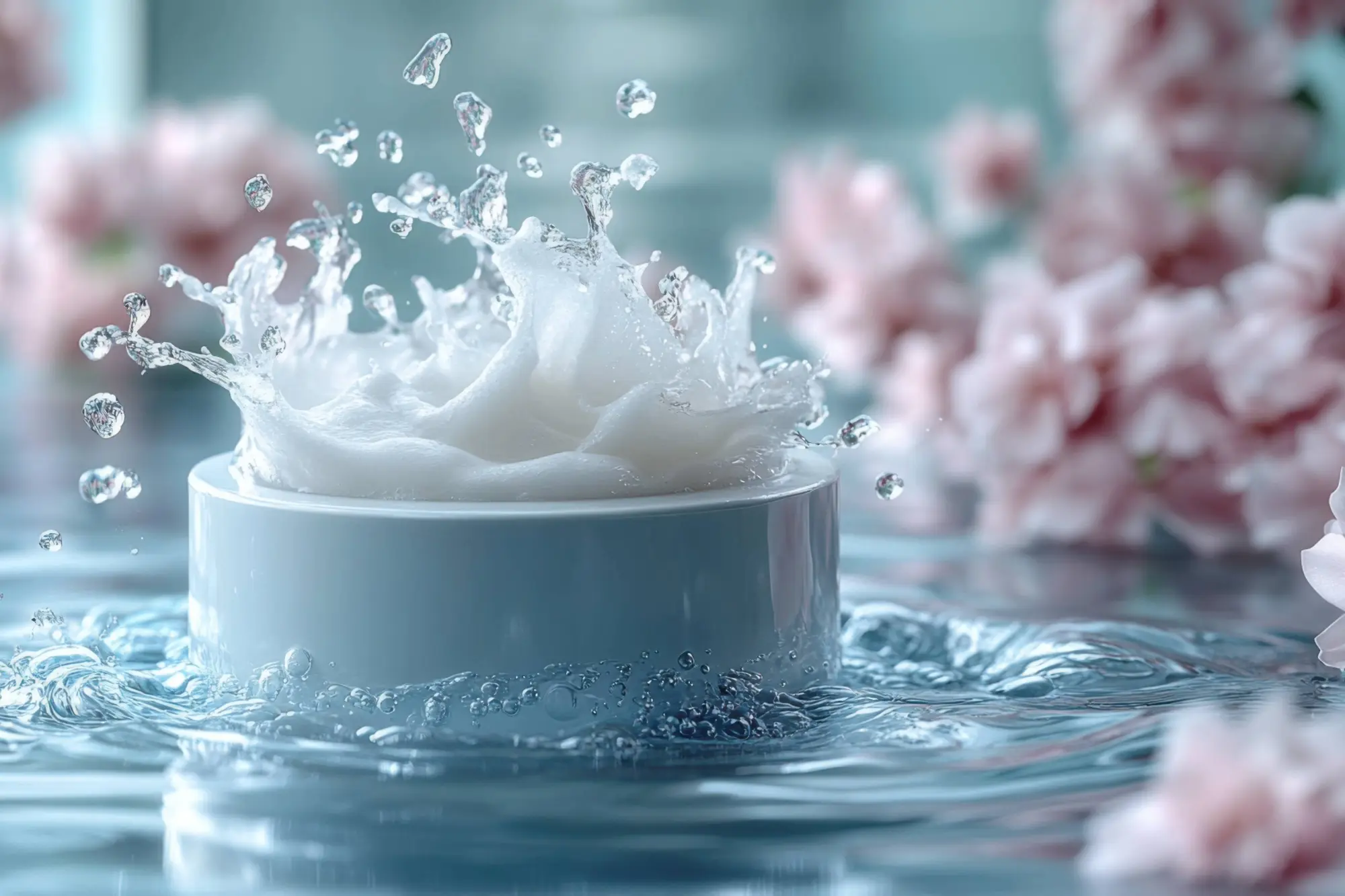
Post-Treatment Skin Repair
- Home
- Post-Treatment Skin Repair
Post-Treatment Skin Repair
Healing doesn't stop when the treatment ends. Whether you've had a skin biopsy, IG-SRT, cryotherapy, excision, or another dermatologic procedure — your skin needs thoughtful aftercare to reduce scarring, infection risk, and long-term damage.
At Biltmore Dermatology, we don't just treat the condition — we guide your skin back to health.
Why Skin Repair Matters
Even if there's no visible wound, procedures often disrupt the skin's protective barrier. The way you care for your skin afterward can influence:
- Scarring
- Pigment changes
- Dryness or peeling
- Infection risk
- Overall cosmetic outcome
The goal is more than healing — it's healing well.
What We Recommend for Post-Treatment Care
Protection comes first.
Cover the area as directed — typically with a non-stick dressing or breathable
bandage. Avoid sun exposure until the skin has fully healed, as UV rays can
trigger discoloration. For facial areas, use a wide-brimmed hat or UV-protective
clothing outdoors.
Be gentle with cleansing.
Use lukewarm water and a mild, fragrance-free cleanser. Skip the scrubbing — pat
dry with a soft towel instead of rubbing.
Support the skin barrier.
We often recommend Alastin Soothe and Protect Balm, which is available
in-office. It's specifically formulated to protect and restore the skin after
treatment. For those needing a budget option, Aquaphor is a reasonable
alternative.
We may also recommend skincare with ingredients like ceramides, niacinamide, or hyaluronic acid to boost hydration and recovery.
Skip the silicone sheets.
We don't recommend silicone-based scar sheets, as results tend to be minimal.
Instead, we guide patients toward targeted options like topical retinoids,
medical-grade skincare, or laser treatments to reduce discoloration or raised
texture.
Monitor for signs of infection.
Redness, warmth, swelling, or drainage that worsens within 24–48 hours could
indicate infection. Mild pinkness is normal early on, but pain, pus, or
spreading redness is not. If needed, we may perform a bacterial culture swab to
confirm next steps.
Let the skin do its job.
Crusting or scabbing is part of the healing process — don't pick or peel. This
can lead to scarring or delayed healing. If the area becomes itchy or irritated,
we may suggest a topical steroid or soothing ointment to reduce inflammation.
Procedures That Often Require Aftercare
Post-treatment repair guidance applies to:
- Skin biopsies
- Cryotherapy (freezing of lesions)
- Electrosurgery or curettage
- IG-SRT (Image-Guided Superficial Radiation Therapy)
- Surgical excision of skin lesions
- Laser treatments or chemical peels
Every skin type and procedure is unique, but quality aftercare helps every patient heal better.
Ask Us About Scar Prevention
If you're concerned about scars, let's plan early. We'll talk through the right approach — whether it's pigment-balancing products, scar-minimizing topicals, or when to begin sunscreen.
Smart healing beats trial and error.
No referral is needed. Walk in today. Stay for the care and expertise.
Come for answers. Come for healing. Come for the care.